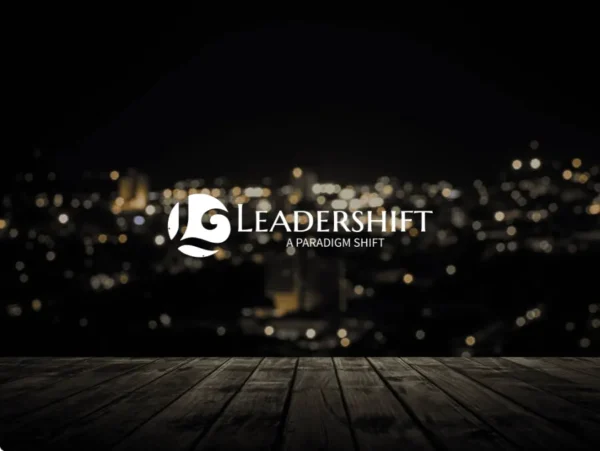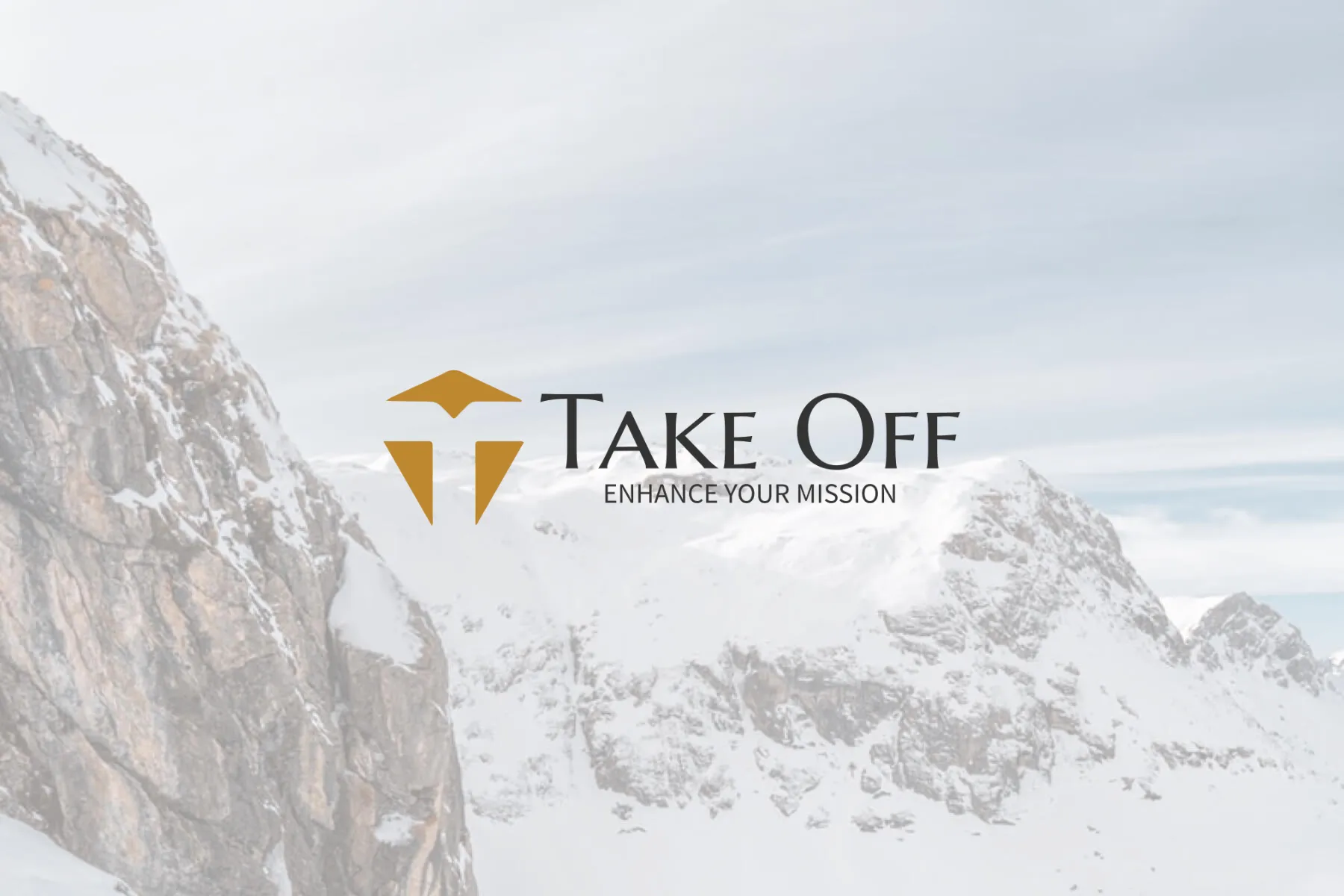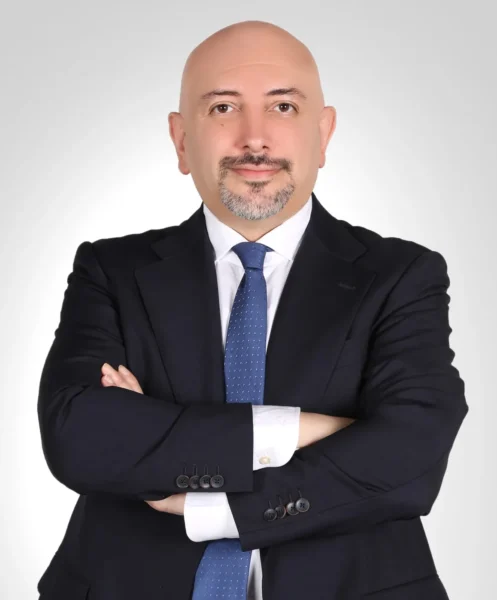Take Off
In the second stage, leaders who have recognized the importance and sensitivity of their role, and who have acquired and applied fundamental skills in practice, need to become familiar with more advanced and complex competencies as they continue their professional growth and development. This is because they are expected to take on greater responsibilities and face larger challenges alongside gaining experience and maturity. At this stage, a combination of practical application and theoretical insight builds upon what they have previously learned.

Take Off Services: What is it like?
The second stage involves more theoretical discussions and the acquisition of more advanced and complex skills and tools. Managers are expected to engage in deeper thinking, make decisions on more complicated issues, and overall develop a more precise and profound understanding of their responsibilities and accountability.

Imagine your last air travel experience. A large group of passengers—each with their own personality, background, and life story—gathered together with varying levels of knowledge, expertise, and purpose, all heading toward a shared destination. From the moment the aircraft doors close, this entire group becomes subject to the expertise, experience, mindset, and sense of responsibility of the pilot—the individual ultimately in charge. The pilot and their team rely on a set of essential tools and systems to ensure a successful flight; if any of these are faulty or missing, not only is success compromised—the flight itself may not even take place.
In an organization, whether at the most junior level or at the very top with the CEO, each person in a position of responsibility leads a journey not unlike a flight toward a defined destination. Yet this organizational journey is even more complex. It is not the pilot alone, but the collective engagement and alignment of the team that moves the company forward. We call this individual in charge a manager—but for a manager to truly carry the responsibility of their people, they must be equipped with a minimum set of tools and capabilities.
Beyond technical readiness, we believe a mental shift is also required—an awareness of the responsibility now placed upon them, which is fundamentally different from the mindset of someone whose sole focus has been on producing individual outputs and achieving personal goals. This deeper understanding marks the beginning of a mindset transformation.
In our view, this is where the leadership journey begins.
To entrust the future of a group of people to an individual who lacks at least the basic mindset and tools—and the mastery to use them effectively—is risky. It is a journey that, without such preparation, is very likely to fall short or even end in failure.
Roma Leadership Services

Leadershift
The third stage of the journey is primarily a reflective and intellectual one. It centers on a fundamental shift in attitudes, beliefs, and mindsets. A return to the true self—as the foundation of authentic leadership—is the core of this phase. In this stage, we aim to create the conditions for a paradigm shift, offering our fellow traveler the space and support to embrace a deeper transformation.

Members
With Roma, be the best version of yourself.
Personal growth and development is a path that makes sense with professional guidance and support. At Roma Group, we are with you on this path with over a decade of experience in coaching and consulting. Through diverse programs such as Footsteps and Bridges events.
Frequently Asked Questions
The selection of educational content and its program must be done after a careful needs assessment. A correct needs assessment is the first step towards educational effectiveness. Then, the way of presenting the educational experience in a practical and interactive way will ensure that the individual has gained first-hand experience and is more prepared to apply what he has learned in the field of practice. It is necessary that for the effectiveness of education, there are measures to be considered in performance evaluation programs and that the individual has an external motivator in addition to self-aware internal motivation to apply the teachings. Retraining sessions, practice or in-action guidance are the guide and guarantee of the implementation of education.
The selection of educational content and its program must be done after a careful needs assessment. A correct needs assessment is the first step towards educational effectiveness. Then, the way of presenting the educational experience in a practical and interactive way will ensure that the individual has gained first-hand experience and is more prepared to apply what he has learned in the field of practice. It is necessary that for the effectiveness of education, there are measures to be considered in performance evaluation programs and that the individual has an external motivator in addition to self-aware internal motivation to apply the teachings. Retraining sessions, practice or in-action guidance are the guide and guarantee of the implementation of education.
The selection of educational content and its program must be done after a careful needs assessment. A correct needs assessment is the first step towards educational effectiveness. Then, the way of presenting the educational experience in a practical and interactive way will ensure that the individual has gained first-hand experience and is more prepared to apply what he has learned in the field of practice. It is necessary that for the effectiveness of education, there are measures to be considered in performance evaluation programs and that the individual has an external motivator in addition to self-aware internal motivation to apply the teachings. Retraining sessions, practice or in-action guidance are the guide and guarantee of the implementation of education.











